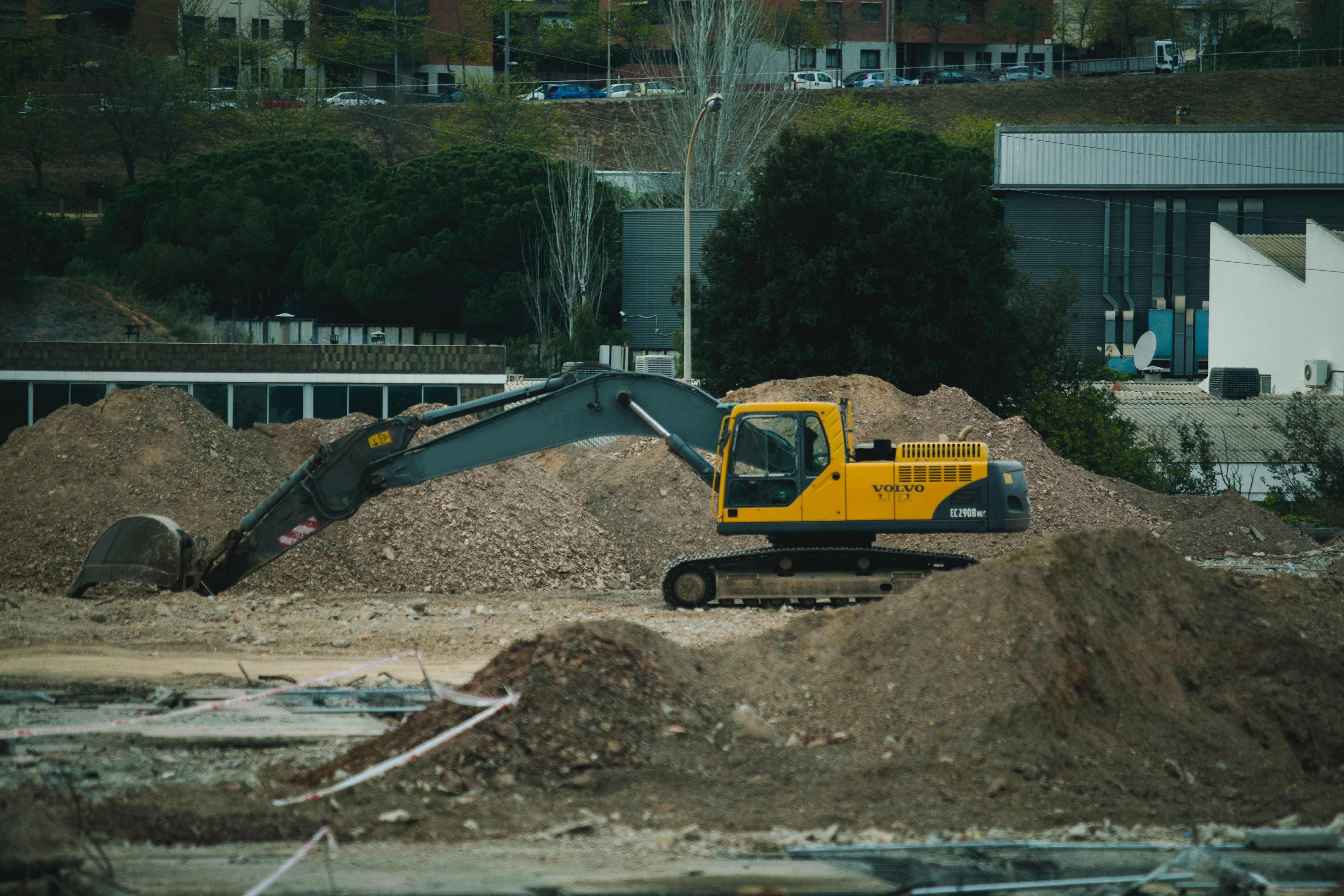What is Backfilling in construction?
Backfilling is the procedure used in construction to replace or reuse the soil that was removed during the building’s construction to provide structural support, stability, and strength. From the foundation, a ground-bearing slab, or any other ground-related work, excavation is done. Depending on the structural needs, backfill can either be made from the same soil that was excavated or it can be combined with imported dirt, stones, and boulders to provide the building more support. The concerned architect can look into whether backfilling with external filling is necessary. The amount of backfill is expressed in m3.
Purpose of Backfilling In Foundation
- To strengthen the foundation so that it can absorb all of the weight coming from the superstructure.
- To provide support and stability to the foundation of the structure.
- To increase the overall performance of the entire structure.
Factors Affecting Backfilling In Foundation
- Choosing suitable backfill material.
- Compaction of the backfill.
- Period of backfilling.
Type of Backfilling in the foundation
Backfill with the same material
- Reusing the excavated soil will be free
- Excavated soil can be mixed with other materials and reused.
Backfill with the imported soil
- We can import soil if the excavated soil is not fit for reuse.
- The site condition is not good for excavated soil.
- Soil type, site parameters, and design requirements that do not correspond to excavated soil.
Graded soil (course-grained + fine graded soil)
- Course grained soil includes gravelly and sandy soil ranging from clay to gravel that has fine material.
- Fine graded soil includes lean clay, gravelly clay, and silty or clayey fine sands.
- Rocks- hard rocks might be specified for crushing.
- Shale – rock-like material that can break under pressure.
Commercial By-Products
- This includes fly ash and furnace slag.
Controlled Low Strength Material
- CLSM is a self-compacting, flow-able, and low-strength cementitious material that is also used for backfilling.
Backfilling material should be homogeneous and should be free from organic material. An architect is responsible for the selection of suitable backfill material for the foundation.
The procedure of backfilling in the foundation
- Before backfilling, check whether the curing of the foundation is done for five to seven days or not.
- The surface of the ground should be cleaned and all the obstacles like grass, loose stone, and things should be removed.
- Depending upon the site condition select appropriate backfill material.
- First of all, try to use excavated soil.
- Selected material should be fine and shouldn’t have large stones and vegetation in it.
- Backfilling should be level and all the gaps should be filled.
- Excavators can be used to fill up to 12 inches of material on the area’s sidewalls. The fill is compacted using a compaction roller or other appropriate compaction equipment.
- Backfilling in construction should be done in layers, with each layer being 15 to 20 cm thick.
- Each layer is heavily consolidated with wooden logs or steel.
- Never use loose soil for backfilling.











